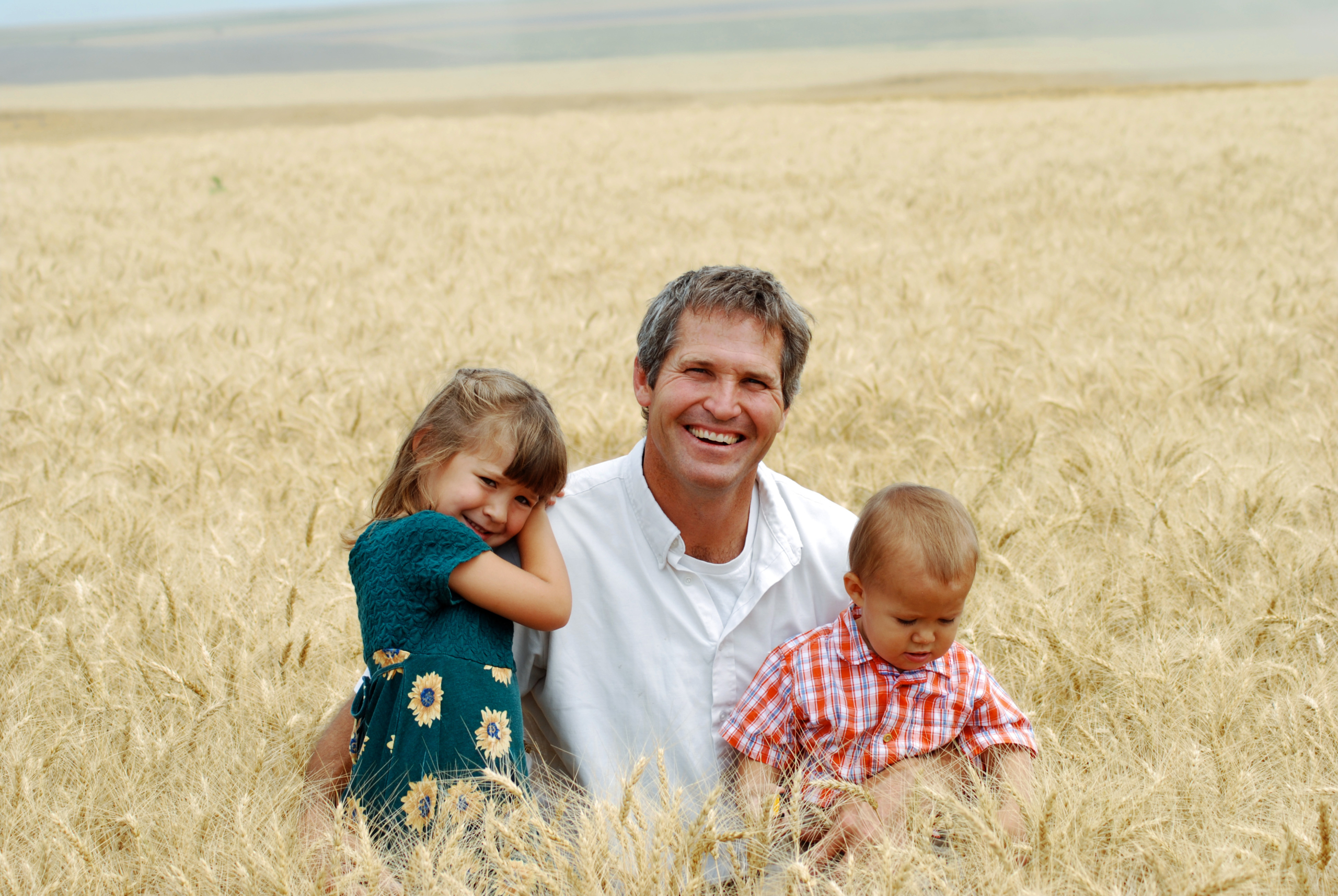Profiling U.S. Wheat Sustainability: Mark Linnebur, Hard White Wheat Farmer
By Elizabeth Westendorf, USW Policy Specialist
Mark Linnebur’s family and their community are always at the core of every decision made on their farm. The president of the Colorado Wheat Administrative Committee farms 25,000 acres of land in Colorado alongside five of his brothers and their families. He typically grows HRW or hard white (HW) wheat and corn in a wheat-corn-fallow rotation.
“Being a good steward of the land is what every farmer is trying to achieve,” said Linnebur. “We are not trying to mine the land for what we can get out of it in the near term, because we want to pass it on to our children.”
Linnebur is one of six U.S. wheat farmers featured in a USW series on wheat sustainability. There are six U.S. wheat classes, grown in distinct regions and local micro-climates. Aggregate measures of sustainability are important, but they fail to capture the nuances of a crop that is grown across many different climates, soil types and farm environments. These profiles show the differences in farming practices across the country and how those farming practices enhance the sustainability of U.S. agriculture.
The Linneburs switched to no-till farming twenty years ago to help protect their soil and better retain moisture, which is a scarce commodity in his region. In dry years, they now see 20 to 50 percent better yields than before the switch to no-till because they are conserving an average 25 to 30 percent of water resources every year.
“Sustainability is more than just environmental. The fact that we are raising our family on this farm is what keeps our love for the land in place. If we don’t love the land, we are not going to take care of it,” said Linnebur. “First and foremost, sustainability is economical and generational – which leads to environmental sustainability.”
That intergenerational focus has resulted in efforts to innovate and better protect the resources on his land. For example, Linnebur uses “bio-solids” from the nearby metropolitan area to fertilize about half of his land every year and sees better soil quality as a result, which helps increase protein levels of his wheat crops.
“It can be challenging trying to convince the wider population that we are taking care of the ground, because for us, it’s about passing it on to the next generation,” said Linnebur. “We’re building the soil, that’s our real goal.”
U.S. wheat farmers deal with unique challenges and growing conditions. For Linnebur, that challenge is conserving water resources for his dryland crops. The Linnebur family farm has thrived in part because they use no-till and innovative practices like fertilizing with bio-solids to maximize soil health and production together. This formula is one that all farmers strive to balance, and each go about it in ways that make the most sense in their region. Sustainability is not “one size fits all.”
Learn more about Linnebur and his farm at www.uswheat.org/factsheets. U.S. farmers, ranchers, fishermen and foresters also share their values, sustainability experiences and conservation practices at the U.S. Sustainability Alliance.


